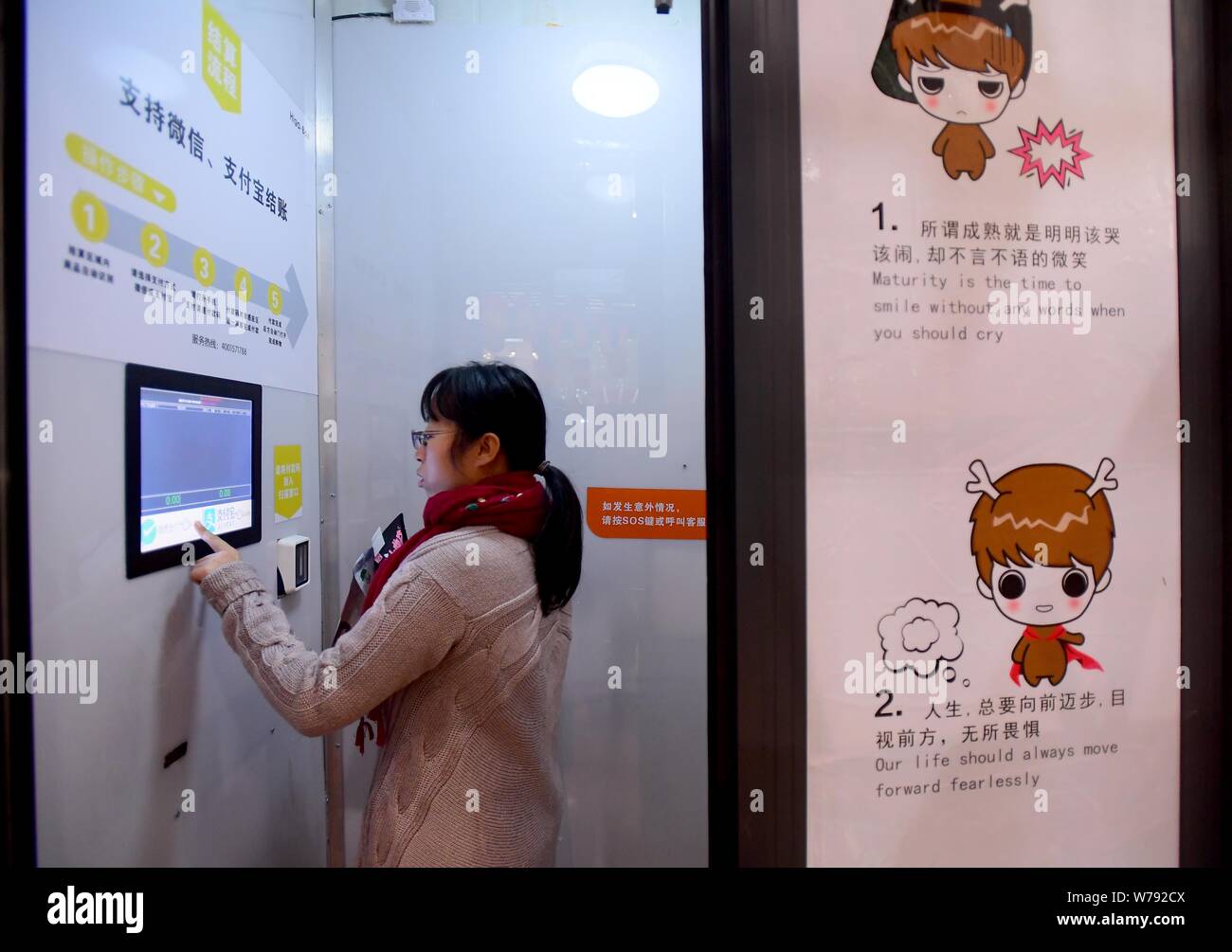
In this case, there should be no boundaries to governments’ endeavor on the utilization of social media. Civil services via conventional e-government applications may no longer satisfy citizens who have already experienced transcendental communication on SNS. While more and more citizens are on the social networking, governments have to embrace social media to “catch up” in the realistic digital world. Under the theory of Digital-era Governance (DEG) that said to be the successor of New Public Management, Margetts and Dunleavy (2013) have emphasized the pressure on governments from the rapid growth of social media in commercial, social and cultural life nowadays in digital era, which potentially facilitates the second wave of DEG to provide holistic services to citizens. On the other hand, social networking services (SNS) have begun to enter the governmental field as tools to accomplish improved public service and engagement. m-Technology is favored for its “mobility” and “wireless” compatibility, but m-government remains a complement to traditional e-government practices in which official channels are dominant without private engagement. put forth the possibility of providing citizens with more sufficient and less constrained public services compared to traditional e-government applications called “m-government” (mobile-government). Regarding theoretical discussions, for instance, Kushchu et al. With the popularity of multiple digital devices such as tablets and smart phones, governments have also endeavored to exploit the accessibility of e-services so citizens can reach the public departments via diverse entry points. As the coming of age of digital society introduces changes, scholars have gradually documented a transformation in e-government as well.

Since the 1990s, e-government has entered public administration era with the utilization of ICT, beginning with straightforward services: official government websites, mayor’s mailboxes, hotlines and online forums. E-Government Applications: From Website Portals to Multiple Channels Discussion and conclusion are presented as the last sections. Next, the data collection and research methods are described, followed by analysis and findings. The paper begins with a literature review sorting out e-government applications and important factors predicting adoption via the TAM and UTAUT models mentioned above the e-government situation in China is also described to provide background to the survey. To understand e-government adoption in the context of modern digital society, this research conducted a case study in a Chinese municipality premised upon survey data (N = 605) collected in Chongqing, China in 2016. With the aid of advanced e-commercial skills, local governments in China promptly reform the delivery of local public services in the wave of digital era governance. An unprecedented collaboration between private Internet corporations and governments is underway that far beyond the current discussion regarding social media and e-government services. In the case of this trend, e-commercial platforms in China have recently been participating in the delivery of local e-services to citizens. While traditional e-government applications have been infused into people’s daily lives, governmental departments have started to utilize social networking services (SNS) to reach wider audiences and expand the depth of services.
#TENCENT CHINA WECHAT PAY 800M TRIAL#
The paper aims to provide a closer understanding of current trends in local government e-services, or in this case, an innovative trial of Chinese e-government practices.

It examines the determinants of e-services adoption in four major local applications: two traditional government-led services “Government website portal” and “Government official app” (traditional government-led services), and two built-in government services on social networking applications “Weibo Government official account” “WeChat Public Services”. This research conducts a case study of a Chinese municipality premised upon survey data (N = 605) collected in Chongqing. In the local administration of China, a special collaboration between local governments and private Internet enterprises is happening: government services are imported into commercial SNS platforms known as WeChat and Weibo. Despite the efforts devoted to the promotion of Social Networking Service (SNS) use in e-government for the past few years, empirical studies regarding this ongoing trend are still insufficient. As electronic government services (e-government) evolve, traditional applications such as online portals are encountering challenges in a new digital era in which people thirst for more convenient, diverse channels of communication with their government.


 0 kommentar(er)
0 kommentar(er)
